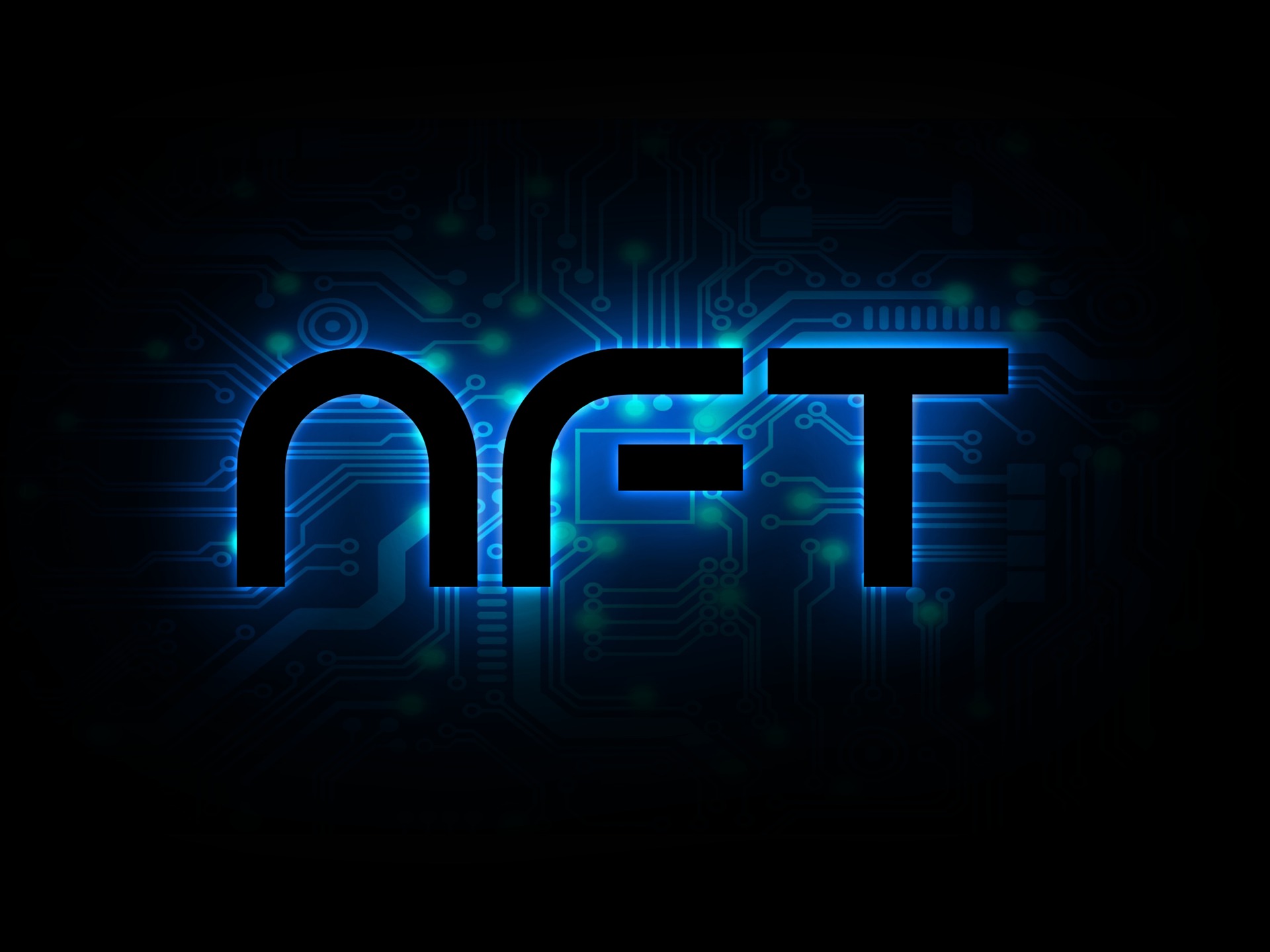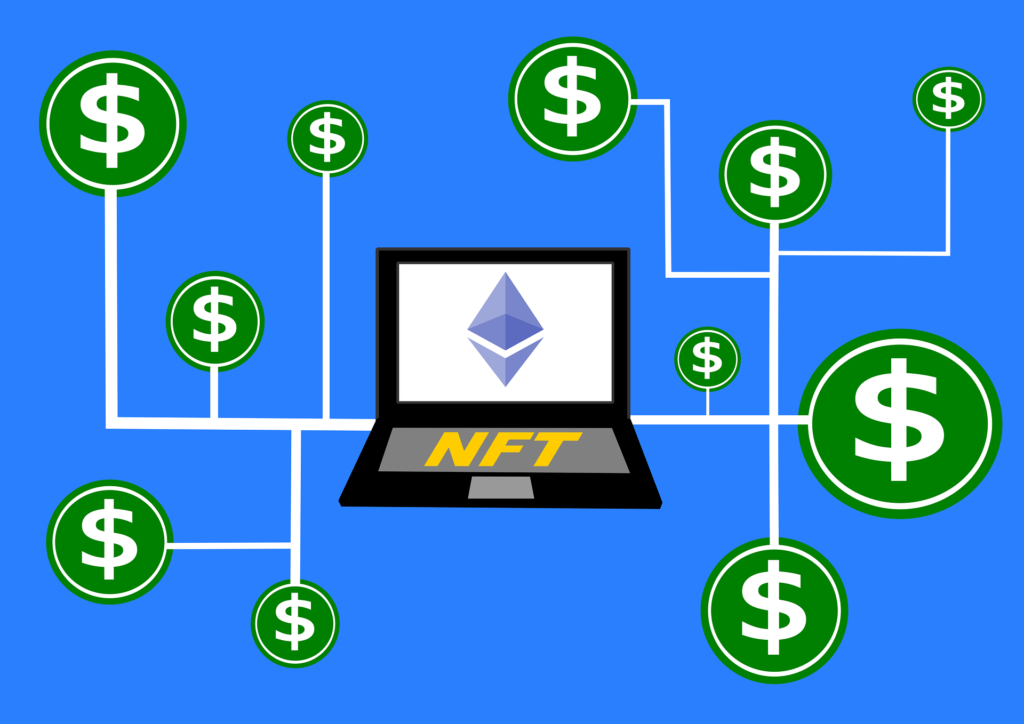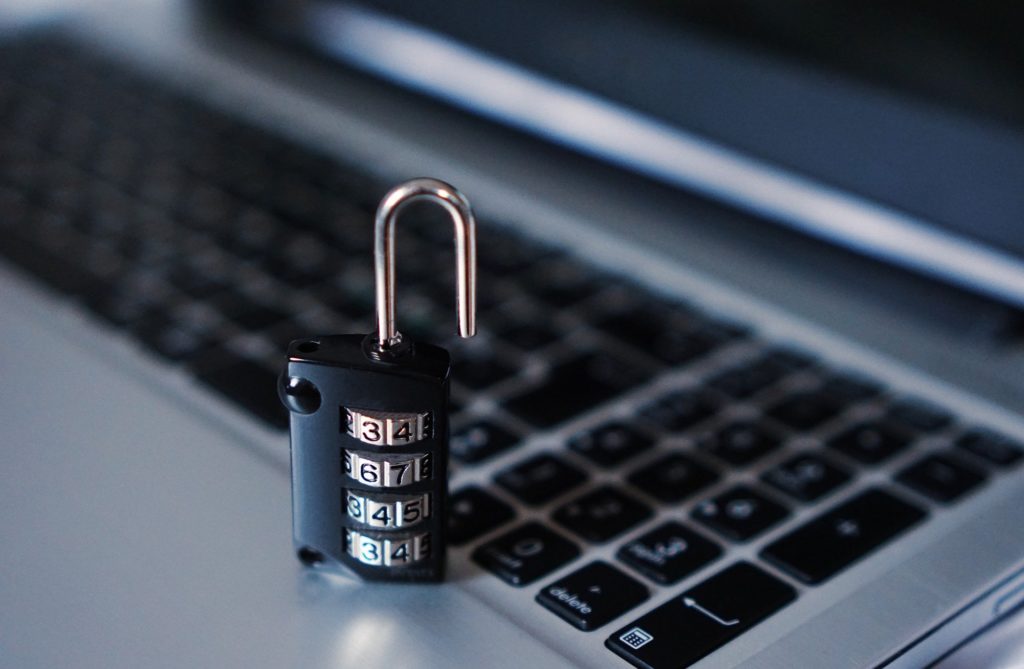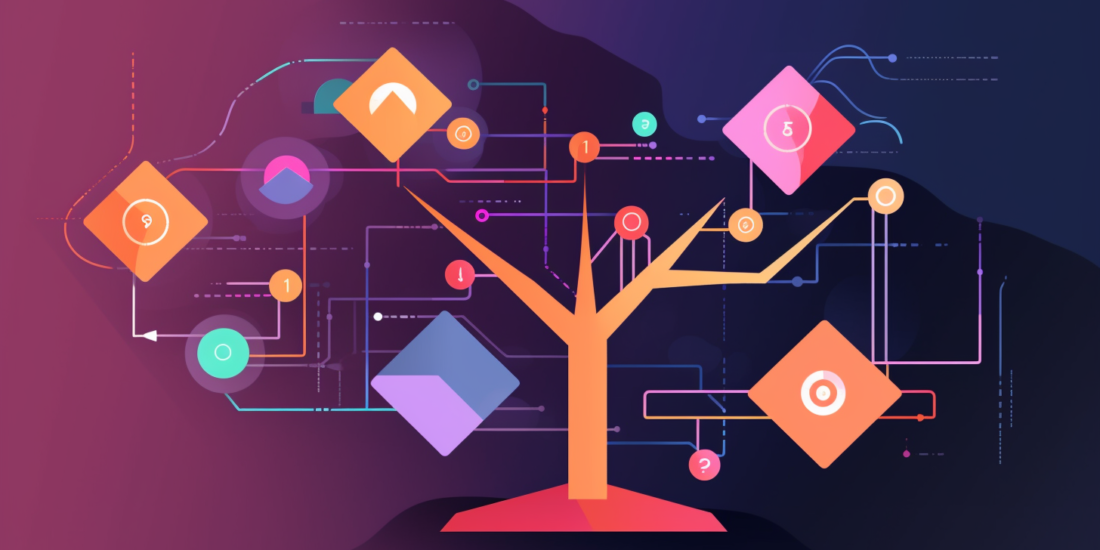
The Dark Side of NFTs
Earlier this year, we talked about a new phenomenon called NFTs. As a reminder and based on the definition provided by the Cambridge dictionary, NFT (non-fungible token) is “a unique unit of data (= the only one existing of its type) that links to a particular piece of digital art, music, video, etc. and that can be bought and sold.”
While NFTs became a huge trend on the Internet, — with celebrities buying a “unique” monkey avatar or the first tweet being sold for almost $3 million, etc. — they slowly revealed a darker side, proving that this digital world is not as safe and revolutionary as we were told.
Profitable?

Showed as a new way to invest money, it appears that NFT are not as profitable and unique, since they do not generate any income. Plus, when you think about it, what is the point behind purchasing a piece of art that’s non-fungible when you can still find it for free on the Internet? There’s nothing to stop copies being made and spread all over social media. In the end, even if you’re the owner of the asset you bought, you do not have control over it.
It is argued that NFTs are confusing to fully understand and the lack of potential buyers is very low. It got to the point where certain companies would reach out creators by email in the hope that they would eventually start investing into NFTs.
Fraud and Art Theft

On Twitter, a vast majority of the art community voiced their concerns after seeing their artworks getting stolen and sold as NFTs on online marketplaces. Since they did not give their consent at all, artists around the world tried their best to report art thefts and to inform their followers on how NFTs are seriously damaging for their profession as creators, illustrators, etc.
Speaking of theft, it also affects buyers/owners: some of them saw their assets disappeared after being easily hacked and there’s no authorities or measures to get everything back since it’s not tangible. Without any protections, investing in NFTs potentially means losing everything.
On paper, when you purchase a piece of art through NFT, it is supposed to assure you that you own both the token AND the original artwork. However, you could be the victim of a fraud. According to Thomas J. Brock: “A serious problem arises if someone creates an electronic image of the original work, attaches a token to it, and puts it up for sale on a virtual marketplace. Here, there is no link to the original work. The token is linked to a fraudulent reproduction.”
Environment

When you take a closer look to the creation process of cryptocurrencies, it requires mining which implies huge carbon emissions. In a nutshell, everything surrounding blockchains (NFTs, bitcoins, …) is highly unsustainable for the environment.
Too Soon?
After reviewing all of these negative aspects of NFT, it is safe to say that its launch was perhaps premature: how do you want to attract potential investors if the system is not 100% safe and crystal clear for everyone? Plus, since we talked about it back in January 2022, it seems that the massive hype about NFT just blew away in a gust of wind. When you look at all the purchases made on online marketplaces by famous people, it is worth asking: are cryptocurrencies made for people like you and me or only for the wealthiest?
On a last note, proper authorities should get involved to insure everyone’s safety online and/or they could create a software that scans any piece of art to testify its authenticity.





